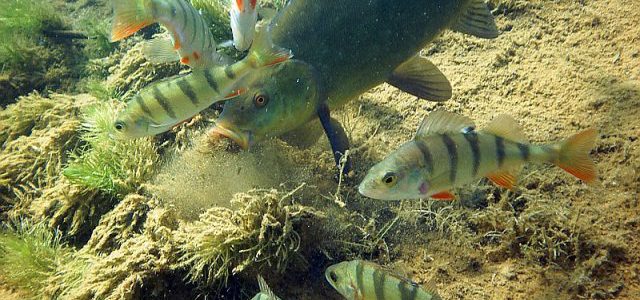A first-of-its-kind study on microplastics and fish development has raised alarms about far-reaching implications.
Scientists are just starting to scratch the surface in understanding how microplastics are affecting marine life. Studies to date have mostly focused on physiological impacts, showing evidence for problems such as liver damage, toxicity and reproductive impairment in fish and shellfish.
Now there's more to the picture. In a study published in the journal Science on June 3, researchers in Sweden found microplastic is not only stunting growth, its even changing fish behavior, and not for the better.
The team ran the first controlled trials on microplastic’s effects on fish development. What they discovered implies the adverse effects of microplastics are more far-reaching than we thought.
The researchers collected European perch larvae and ran a controlled experiment with different concentrations of plastic particles, in this case polystyrene. The results showed lower hatch rates and stunted growth. They also showed that the young fish were exhibiting behaviors that jeopardized their survival:
- Something in the plastic entices the fish to eat it. The perch larvae were found to prefer the plastic particles to their normal tiny particle zooplankton food source, effectively starving themselves. Plastic seems to have a chemical cue or smell that triggers the fish to feed on it.
- Once ingested, the fish that ate lots of plastic stopped responding to danger cues from predators.
The perch in the study were eaten by predatory pike four times more quickly than their non-plastic eating relatives, when the predators were introduced into their environment. The plastic-exposed fish in the study were dead within 48 hours. Those with the highest concentration of microplastics were gobbled up within just one day.
Perch are able to detect when another fish is attacked nearby, through chemical cues. The more plastic the fish were exposed to in the experiment, the less they responded to these cues. .
That could help explain the reduced perch population in European waters. And it certainly raises a lot of questions about whether other species are undergoing similar shifts in behavior after sipping from the plastic soup.



